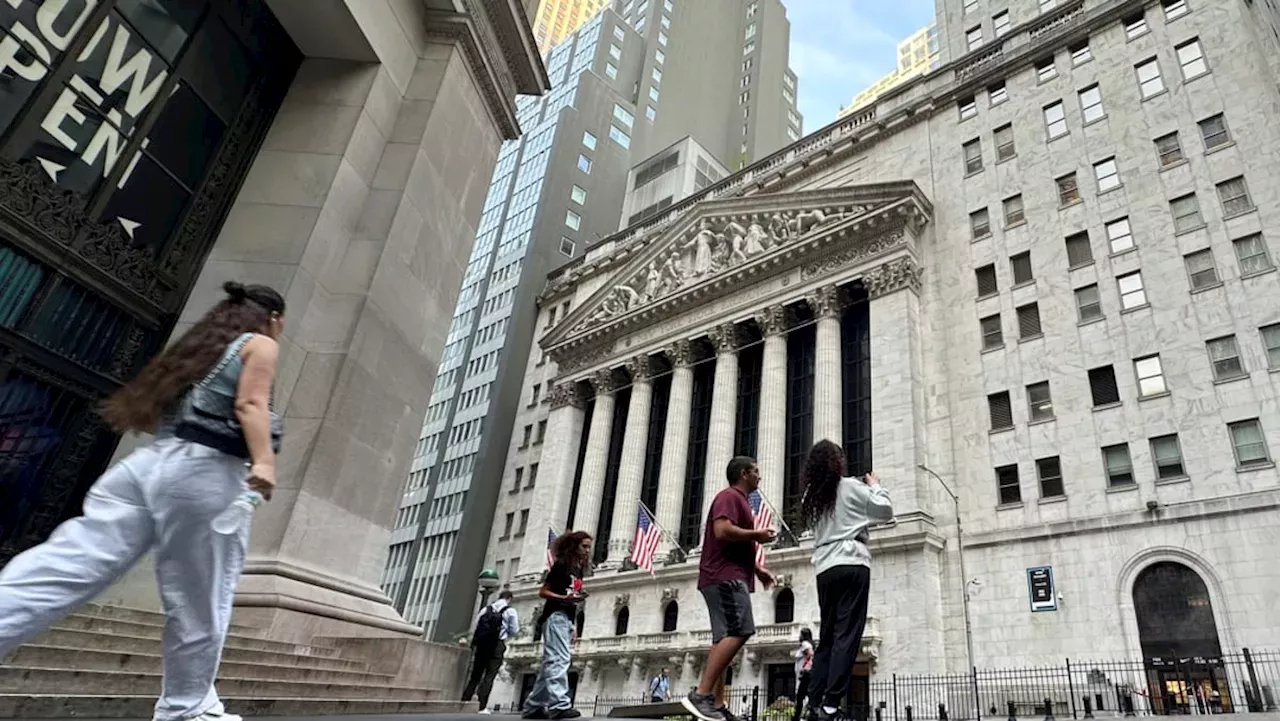File photo. People pass the New York Stock Exchange on Jul 10, 2024, in New York. from the United States Federal Reserve this week. The decision, if made, would come after the Fed raised interest rates 11 times in 16 months from March 2022 in an unprecedented run - an attempt to cool the pace of rising prices after the COVID-19 pandemic.
Only six months later did the US S&P 500 really start experiencing gains of 304 per cent from March to December 2009. Why the time lag? It is likely that a series of cuts is required to offer certainty of the direction in which the markets are heading. Investors need that certainty.rose a paltry 0.2 per cent month over month and 2.5 per cent year-on-year. This marks the smallest annual increase since February 2021.
A forecast compiled by Reuters from equity strategists, analysts, brokers, and portfolio managers between Aug 8 and Aug 20 suggests that the benchmark of the US S&P 500 will reach 5,600 points by the end of 2024. Cyclical sectors, such as consumer discretionary and industrials, also tend to perform well when interest rates are lower. The reduced costs of borrowing make it advantageous for capital-intensive industries and those experiencing growth.
